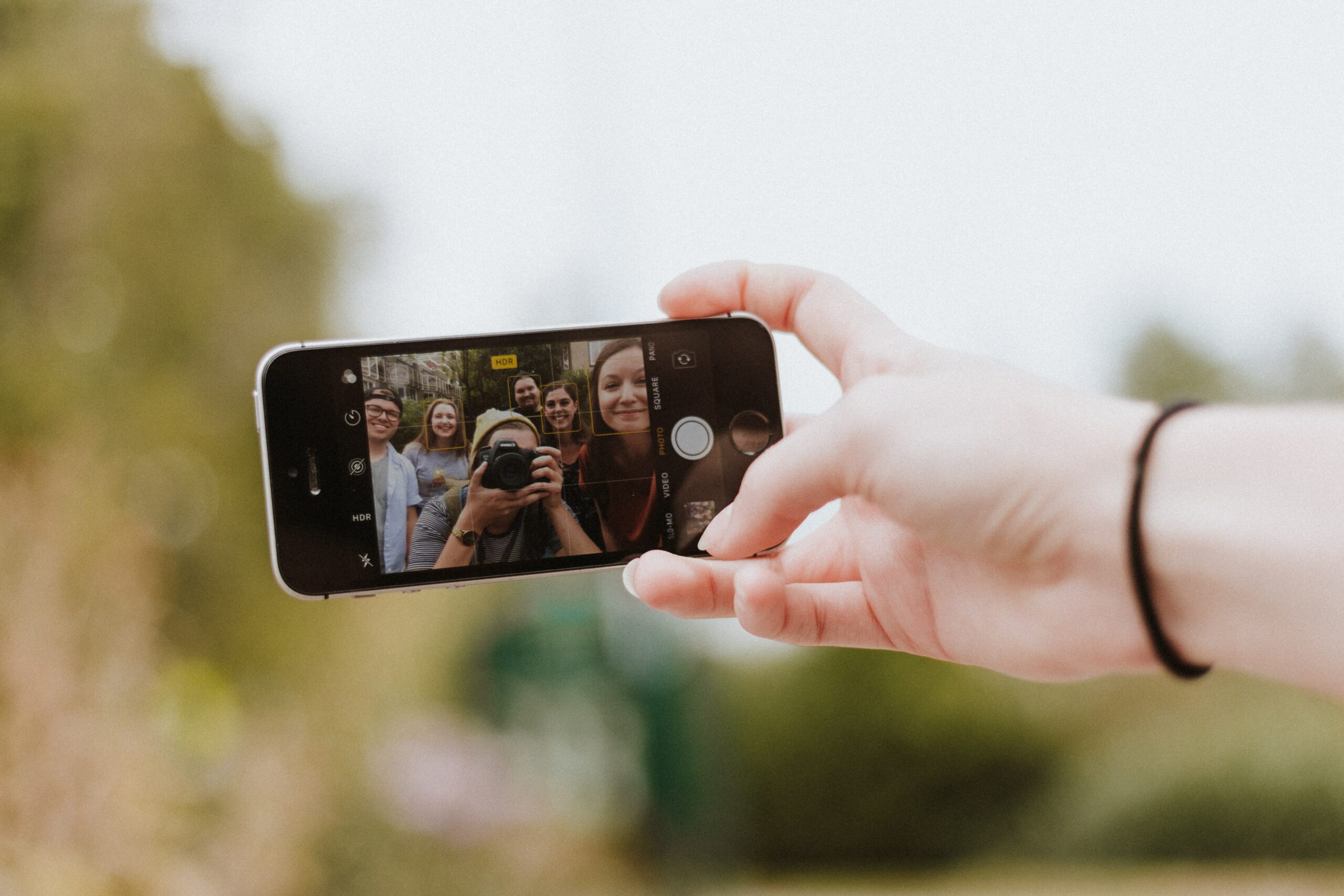What is agile content?
Agile content strategies are designed to connect with a range of different audiences with ads that are specifically relevant to their interests, age, location, demographic or digital behavior. In a higher ed marketing context, this means serving audiences with personalized content depending on who they are. For example, high schoolers vs adult learners or in-state or out-of-state. Are they showing interest in Civil Engineering or looking to pursue Mechanical Engineering? With more high-quality creative automation technologies entering the market and the increasing usability of AI for digital ad campaigns, this type of micro-targeting is fast becoming a priority for university marketing teams.
Why agile content should define your higher ed strategy in 2024
Over the past year, Hybrid Media has achieved outstanding results for its university partners through the use of agile content approaches. Here are our top reasons to employ creative personalization in your campaigns:
- Combating increased competition — The competition for students’ attention is fiercer than ever. Despite improvements in this fall’s intake, the effects of the post-pandemic enrollment crisis will continue into this year – many states still have a glut of institutions and a dearth of college age students to fill them. With universities continually ramping up their marketing output to capture precious market share, personalized content will set your institution apart.
- Gen Z’s ad fatigue and banner blindness — Universities’ core audience group of digital natives is resistant to paid ads. According to recent research from Bulbshare, 99% of Gen Z consumers will hit ‘skip’ or close an ad if it’s an option, 63% use ad blockers and 74% feel ‘bombarded’ with ads. Personalization steers your campaigns away from being ‘ad noise’ and towards forming meaningful conversations with your prospects.
- Selling “the most important decision of your life” — Choosing where to go to college is one of the most important, personal decisions a young person will ever make. In order to make that type of commitment, they need to feel a strong, emotional connection with your institution. Personalized content fosters the levels of brand affinity needed to prompt this big decision.
How does it work and how do I implement it?
Developing and executing effective creative personalization requires a combination of technical and creative expertise, bringing creative thinking to life through automation tools, artificial intelligence and dynamic optimization. Here are our four steps for delivering personalized ads at scale:
Define your audiences and build your framework:
Understanding and segmenting your range of audiences – who they are, their motivations, key concerns, the type of media they respond well to – is the foundation of effective personalization. Rigorous market research, audience surveys, social listening and A/B testing will help you to define who you need to be targeting and how they want to be spoken to.
Use creative automation tools:
Creative automation tools give creative designers the ability to develop large, diverse asset frameworks at scale and at speed. With platforms such as Hunch, Flashtalking and Celtra, creatives can create thousands of messaging and image variations overlaid on a core source template. They can then assign each asset to its relevant audience group within the platform workflow, ready to launch as ads across all digital channel formats.
Use AI for responsive personalization:
In order to stay truly agile throughout your campaign, combine accurate initial targeting with AI that delivers real-time automated optimization once your ads are live. Google Ads uses artificial intelligence to serve content to audiences based on their profile, and its Responsive Display Ads feature allows you to automatically generate and test different combinations of images, headlines, and descriptions. By adding AI platforms such as Creatopy to your toolkit, you can augment Google’s core capabilities, rolling out template-based and dynamic ads that change according to a prospect’s exact location, device or browsing activity that day.
Track and respond to live campaign data:
Measuring the performance of every ad variation across every channel is essential not just for tracking your return on investment, but for understanding your audiences, their preferences and how to continually refine your current and future strategies. Use a reporting platform that captures all your performance data in one place, giving you actionable information on how your content is cutting through across different demographics and channels. With the right reporting technology, you can stay truly agile and responsive throughout your campaigns, tweaking, optimizing and repurposing your content for maximum impact.
Dynamic creative personalization is defining marketing innovation in 2024. Universities who employ these strategies are transforming how their audiences perceive them and carving out their own distinctive place in the market. Get in touch to discover how Hybrid can help your institution leverage the power of personalized content.




